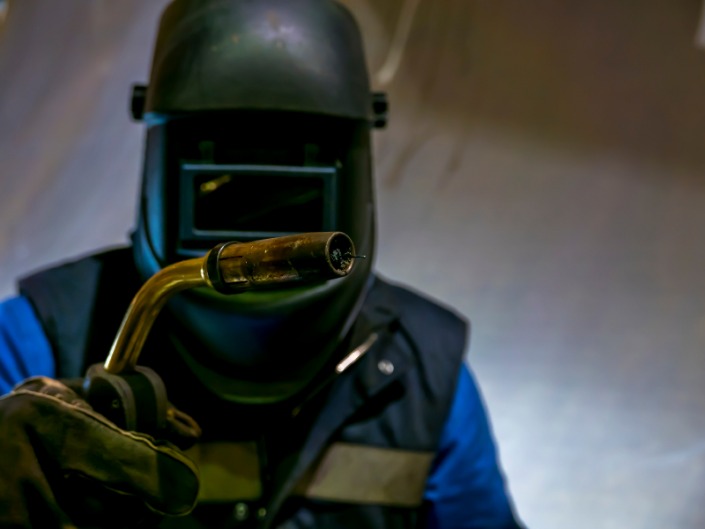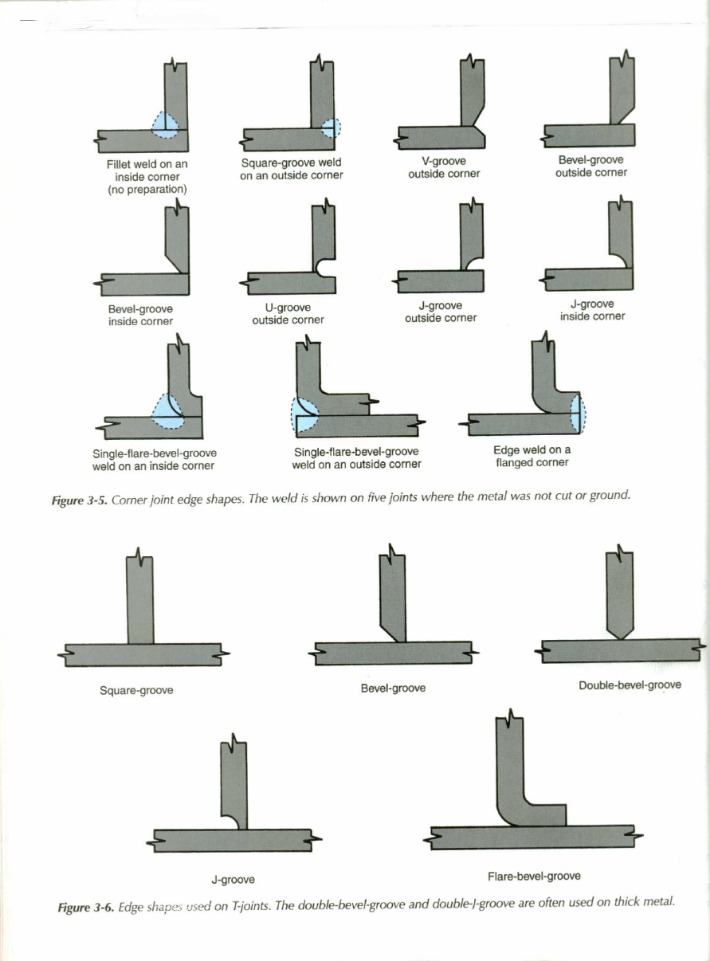In the industrial world, maintenance is a crucial aspect that ensures machinery operates efficiently. Advanced machining techniques such as line boring, on-site machining, bore repair, and bore welding have brought tremendous improvements, reducing downtime and cutting costs. Understanding these techniques and their applications is key to optimizing industrial operations.
Line Boring: Precision and Efficiency
Line boring is the process of enlarging a bore (a hole) that has already been cast or drilled, ensuring it meets precise specifications. This technique is invaluable in heavy machinery repair, such as for engines and turbines.
Benefits of Line Boring
Read more about xy milling here.
- Enhanced accuracy
- Extended machinery lifespan
- Cost-effective compared to part replacement
On-Site Machining: Convenience at its Best
On-site machining refers to performing machining operations without moving the equipment to a workshop. This approach minimizes downtime and transportation costs, proving particularly beneficial in remote locations or for large-scale machinery.
Services Included in On-Site Machining
- XY Milling
- Slew milling
- Cylinder reconditioning
Efficient Solutions for Bore Repair
Bore repair is essential for machinery that consistently operates under high stress. This process involves restoring the bore to its original dimensions and tolerances.
Techniques in Bore Repair
Bore welding followed by machining can restore structural integrity to damaged bores, providing a seamless solution to wear and tear.
Bore Welding: Resurrecting Worn Components
Bore welding involves adding material to a worn bore, which is then machined to the correct size. This technique is frequently employed in combination with bore repair, ensuring long-term performance.
Installing Bushings: Extending Machinery Life
Bush install is another method to manage wear and tear. By installing bushings into holes, this technique ensures that the wear happens on the replaceable bushing rather than the primary structure.
Advantages of Bush Install
- Easy replacement
- Reduced wear on critical components
- Cost-effective maintenance
Face Welding: A Key to Surface Restoration
Face welding enhances the surface properties of machinery by adding a weld overlay. This process is critical for restoring surfaces that are subject to extensive wear or corrosion.
Common Applications of Face Welding
- Refurbishing valve seats
- Repairing flanges
- Restoring pump impellers
Frequently Asked Questions
What is line boring, and why is it essential?
Line boring is the process of machining an existing bore to achieve accurate dimensions. It is crucial for ensuring the precise fit and alignment of components, thereby extending the machinery’s service life.
How does on-site machining benefit industrial operations?
On-site machining eliminates the need to transport machinery, reducing downtime and transportation costs. This approach provides convenient and immediate solutions for large-scale or remote equipment.
When should bore repair be considered?
Bore repair should be considered when a bore has worn beyond acceptable tolerances. This process restores the bore to its original dimensions, helping to maintain machinery efficiency and performance.
What are the advantages of using bore welding?
Bore welding allows for the restoration of worn bores without replacing the entire part. This process is efficient, cost-effective, and results in a durable repair.
Why is bush install important in machinery maintenance?
Installing bushings prevents wear on the primary structural components by allowing wear to occur on easily replaceable bushings, thereby extending the lifespan of the machinery.
What are the applications of face welding?
Face welding is used to enhance surface properties and repair worn or corroded surfaces. Common applications include refurbishing valve seats, repairing flanges, and restoring pump impellers.



